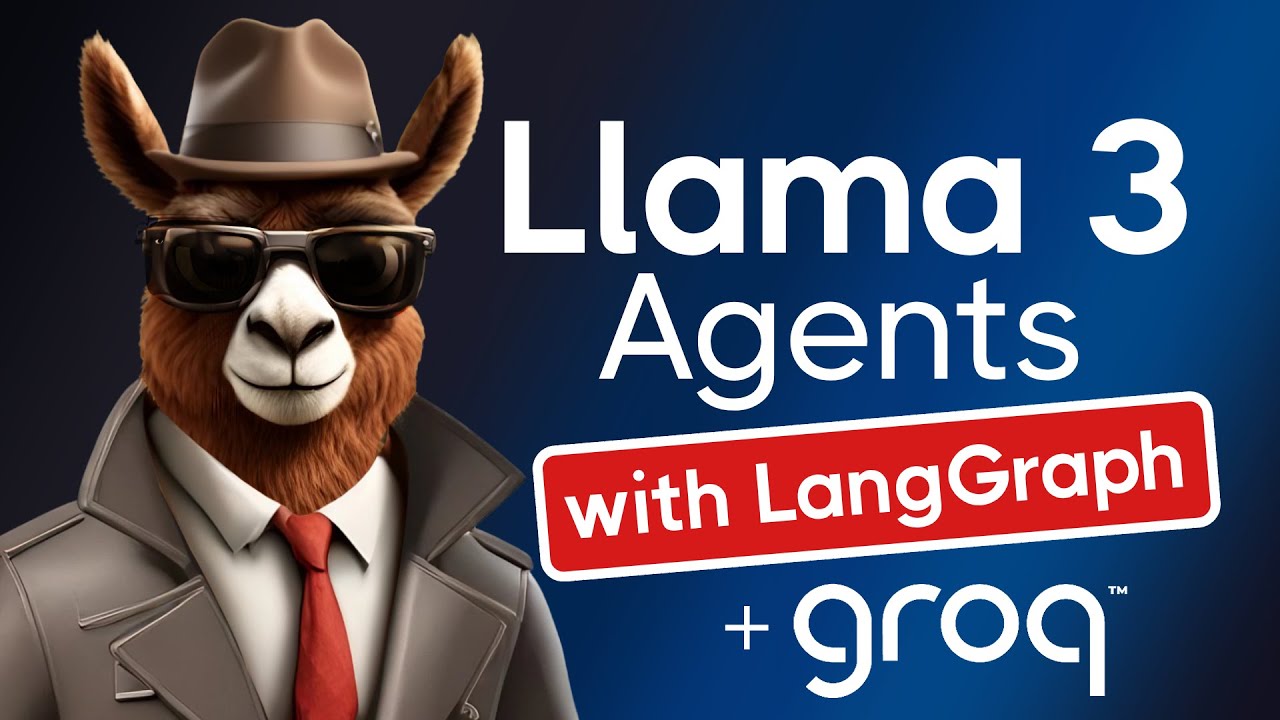The video discusses creating an advanced AI agent using LangGraph, a tool that fits between LangChain and fully autonomous agents to provide structure and state for agent development. It highlights the importance of using LangGraph for stability, control, and guided flow engineering in transitioning from experimental ideas to refined implementations, showcasing how to structure workflows, set up chains and nodes, define conditional edges, and compile the workflow into an executable app to create complex agents with defined decision-making pathways.
In the video, the speaker discusses creating an advanced AI agent using LangGraph as a more sophisticated version of the email reply system built with CrewAI Llama 3 and Groq. LangGraph fits between LangChain and fully autonomous agents, providing structure and state for creating agents while allowing for monitoring, control, and flow engineering. CrewAI, on the other hand, falls between LangGraph and autonomous agents, offering more independent decision-making capabilities but sacrificing control. The speaker highlights the importance of using LangGraph for stability, control, and guided flow engineering, especially for transitioning from experimental ideas in CrewAI to more refined implementations.
The key components of LangGraph include chains, nodes, edges, and conditional edges. Chains string together prompts and include output parsers, while nodes run chains or tools, and edges connect nodes in the graph. Conditional edges work like decision-making functions, determining which node to move to next based on certain conditions. The state graph in LangGraph acts as a big state machine, passing variables and maintaining state as it flows through nodes, conditional edges, and the overall graph structure.
The agent development process involves setting up chains for various tasks like categorizing emails, deciding on research needs, generating search keywords, drafting emails, and analyzing drafts for rewriting. Nodes are created for each chain, and conditional edges control the flow between nodes based on specific decisions. By assembling these elements into a state graph, the speaker demonstrates how to build a workflow that guides the agent through different tasks, such as research, drafting, rewriting, and finalizing email responses.
The compilation of the workflow into an app allows for the execution of the agent with inputs like the initial email, number of steps, and research information. The agent progresses through the defined nodes, conditional edges, and state graph, making decisions at each step and adjusting the flow accordingly. The speaker showcases the agent’s functionality by demonstrating how it categorizes emails, conducts research, drafts responses, analyzes drafts for rewriting, and finalizes email replies based on the defined logic and conditional edges.
Overall, the process of building an AI agent with LangGraph involves structuring the workflow, setting up chains and nodes, defining conditional edges, assembling the state graph, and compiling the workflow into an executable app. The customizable nature of LangGraph allows for the creation of complex agents with defined decision-making pathways, data processing steps, and output generation. By following the speaker’s guidance and understanding the concepts of LangGraph, developers can create advanced AI agents that can handle various tasks, make informed decisions, and produce tailored responses efficiently and effectively.
